Table of Contents
Observing a chicken with its tail down can be alarming for poultry keepers. This posture may indicate discomfort or illness, requiring immediate attention.
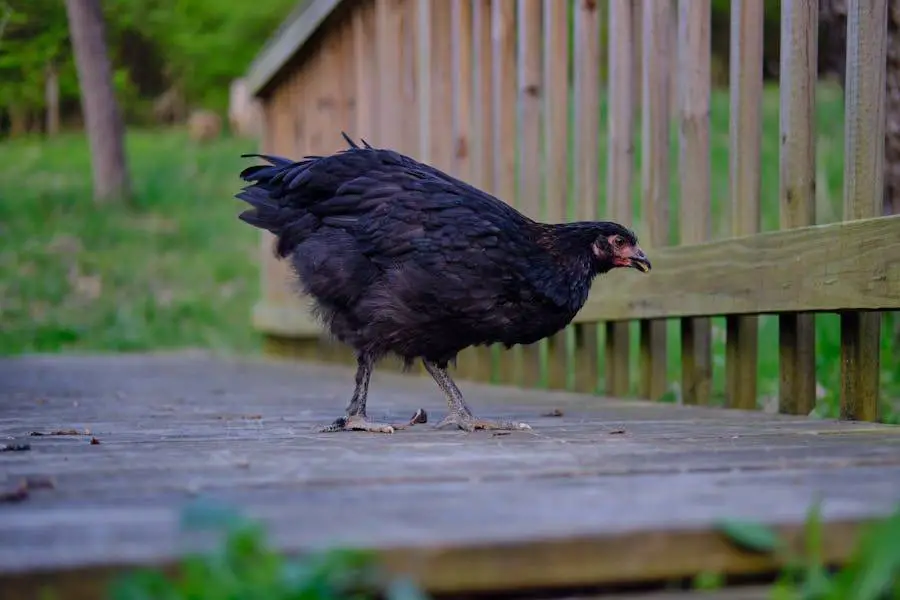
Understanding the various reasons behind this behavior is crucial for effective intervention.
This guide aims to explore potential causes and provide detailed solutions to ensure the health and well-being of your chickens.
Egg Binding
Symptoms and Diagnosis
Egg binding occurs when a hen cannot lay an egg because it is stuck in her reproductive tract.
Signs include a hen trying to lay without success, showing signs of distress such as pacing, squatting, or fluffing up.
The hen might also isolate herself, decrease her feed intake, and, noticeably, exhibit a drooping tail as she struggles with the discomfort.
Solutions
Immediate action can help relieve an egg-bound hen. Begin by gently placing her in a warm bath for 15-20 minutes; the warmth can help relax her muscles, potentially easing the passage of the egg.
Afterward, applying a lubricant like vegetable oil around the vent may assist in the egg’s expulsion.
Increasing dietary calcium can prevent future occurrences by strengthening eggshells. If these steps do not help, seek veterinary care immediately as prolonged egg binding can be fatal.
Parasitic Infestations
Symptoms and Diagnosis
Chickens infested with parasites such as mites and lice will show signs of restlessness, frequent scratching, reduced egg production, and possibly anemia indicated by pale combs.
A closer inspection may reveal tiny pests on the skin or feathers, leading to a drooping tail due to discomfort.
Solutions
Effective control involves treating both the infected chickens and their environment. Use approved avian parasiticides, applying as directed to each bird.
Clean the coop thoroughly, replacing bedding and applying diatomaceous earth or a similar product to discourage parasite infestation.
Regular checks and preventive treatments will keep parasites at bay.
Nutritional Deficiencies
Symptoms and Diagnosis
Nutritional deficiencies, particularly in calcium, phosphorus, and essential vitamins, can lead to various health issues, including weak bones and poor eggshell quality.
Symptoms may include a decreased appetite, weak eggshells, lethargy, and a drooping tail reflecting overall poor health.
Solutions
Ensuring a balanced diet is key. Provide a high-quality layer feed that meets all nutritional requirements. Supplemental calcium, available as oyster shell grit, supports eggshell integrity and bone health.
Regularly review and adjust your feeding strategy to meet your flock’s specific needs, considering life stage, productivity, and health status.
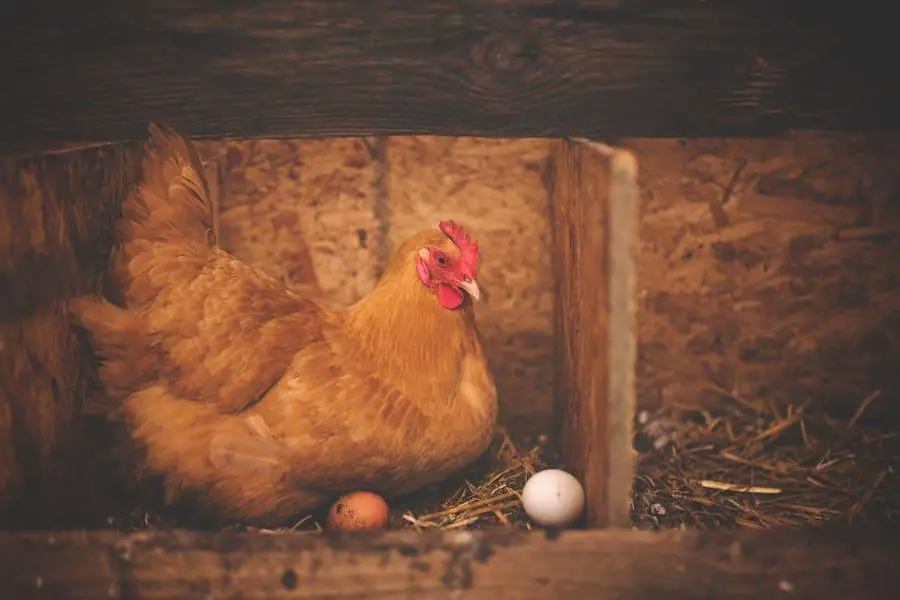
Reproductive Issues
Symptoms and Diagnosis
Other than egg binding, hens can suffer from conditions like ovarian cysts or tumors, which may not be immediately apparent.
Symptoms include changes in laying patterns, abdominal swelling, lethargy, and a tail-down posture due to discomfort or pain.
Solutions
Veterinary intervention is necessary to diagnose and treat serious reproductive issues. Treatments may range from medication to manage symptoms to surgical intervention in severe cases.
Early detection is crucial; regular health checks can help identify problems before they become life-threatening.
Marek’s Disease
Symptoms and Diagnosis
Marek’s disease, a viral infection, causes tumors in various organs and can affect the nervous system, leading to paralysis of legs or wings, irregular pupil size, and a drooping tail.
It primarily affects young chickens but can occur at any age.
Solutions
Preventive vaccination is the most effective measure against Marek’s disease. Vaccinate chicks early, ideally at hatch.
Maintain strict biosecurity to prevent exposure to the virus. For affected birds, supportive care can help manage symptoms, but there is no cure for Marek’s disease.
Stress and Environmental Factors
Symptoms and Diagnosis
Stressful conditions, such as extreme temperatures, overcrowding, and inadequate ventilation, negatively impact chicken health, leading to symptoms like panting, aggression, reduced egg production, and a drooping tail.
Solutions
Improving living conditions is essential. Ensure adequate space per chicken, efficient ventilation, and access to clean water and shade to mitigate heat stress.
Regularly monitor environmental conditions and adjust as necessary to maintain optimal welfare.
Injury or Trauma
Symptoms and Diagnosis
Injuries, whether from accidents within the coop or predator attacks, can cause physical pain leading to a drooping tail. Signs include visible wounds, limping, or reluctance to move.
Solutions
Inspect injured chickens carefully and provide first aid by cleaning and dressing wounds. Severe injuries may require veterinary care.
Prevent future injuries by securing the coop against predators and removing hazards that could harm the chickens.
Infectious Diseases
Symptoms and Diagnosis
Various infectious diseases can cause systemic symptoms, including respiratory issues, diarrhea, loss of appetite, and a drooping tail.
Accurate diagnosis typically requires veterinary examination and possibly laboratory tests.
Solutions
Treatment depends on the specific disease and might involve antibiotics, antiviral medications, or supportive care.
Vaccinations can prevent some infectious diseases. Practice good biosecurity measures to minimize disease risk.
Vent Gleet
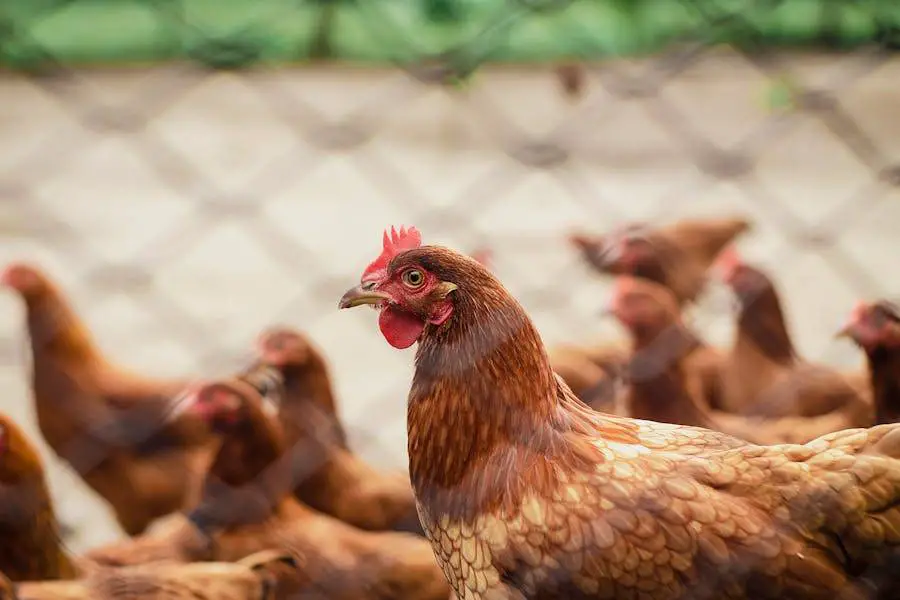
Symptoms and Diagnosis
Vent gleet, also known as cloacitis, is a fungal infection of the cloaca, characterized by a foul-smelling discharge, inflammation and redness around the vent, and sometimes a drooping tail due to discomfort.
The condition can stem from poor hygiene, stress, or an imbalance in gut flora.
Solutions
Treatment involves improving coop cleanliness and isolating affected birds to prevent the spread.
Washing the infected area with warm water and mild antiseptic solution daily can help, as can administering antifungal medications or probiotics as directed by a veterinarian.
Ensuring a balanced diet and clean drinking water is crucial for recovery and prevention of future episodes.
Heat Stress
Symptoms and Diagnosis
Heat stress occurs during periods of high temperature and humidity, leading to signs of distress such as panting, spreading wings away from the body, lethargy, reduced feed intake, and a tail-down posture due to weakened stamina.
Chickens are particularly susceptible to heat stress due to their limited ability to regulate body temperature.
Solutions
Provide ample shade and ventilation within the coop and run area. Supplemental water sources like misters or shallow pans of cool water can help chickens regulate their body temperature.
Electrolyte supplements in drinking water can aid in recovery from heat stress.
Implementing measures to reduce the ambient temperature, such as using reflective roofing materials or installing fans, can also be beneficial.
It’s essential to monitor weather forecasts and prepare for hot conditions to protect your flock from heat stress.
Conclusion
A chicken with its tail down is often a sign of distress or illness, signaling the need for prompt investigation and intervention.
From addressing immediate concerns like egg binding to managing more complex issues such as nutritional deficiencies or disease, understanding the underlying causes and implementing effective solutions is vital.
Regular health checks, maintaining a clean and safe environment, and providing a balanced diet are key preventive measures.
When in doubt, consulting a veterinarian can ensure the well-being of your flock and help keep your chickens healthy and happy.



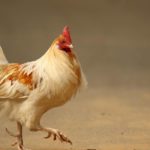
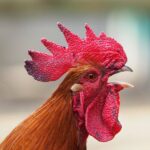



![Why Does My Bathroom Smell? [All Causes] Why Does My Bathroom Smell? [All Causes]](https://homesteadandprepper.com/wp-content/uploads/2021/05/Why-Does-My-Bathroom-Smell-150x150.jpg)